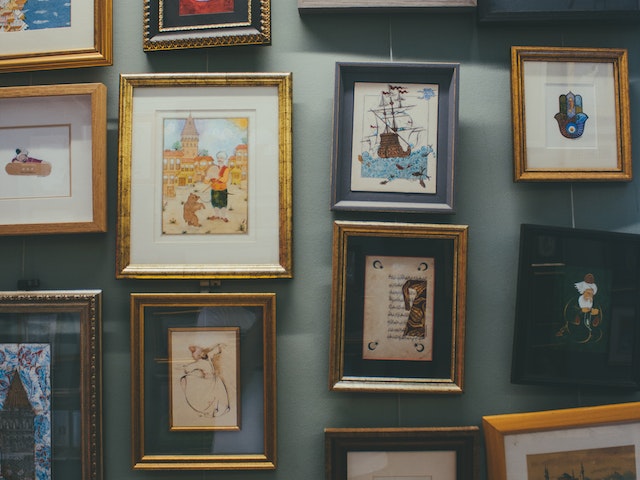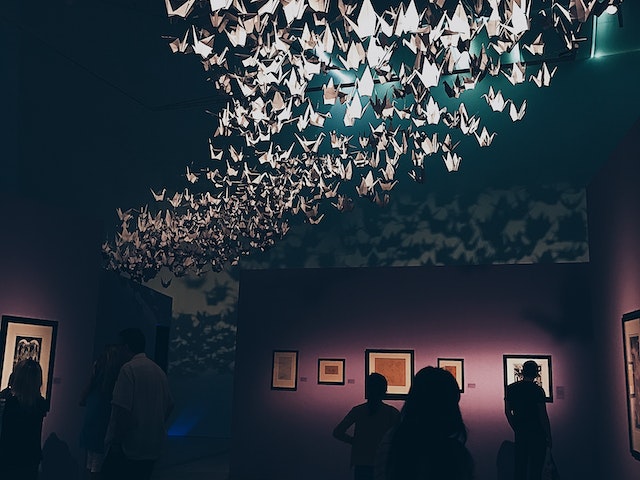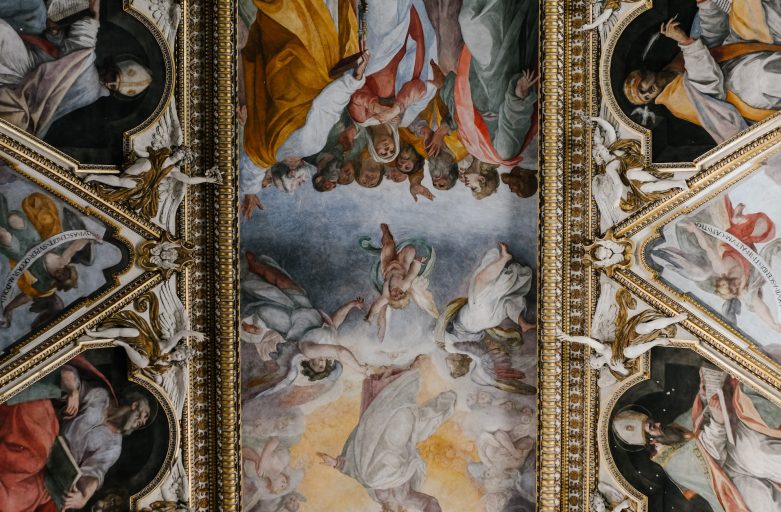Whether you’re an artist or an art enthusiast, knowing your options and being familiar with the different art styles is important. The key is to identify the style you like best and focus on that. Here is a list of art styles you should know about!
Portraiture
This is one of the most basic and oldest types of art. It’s a form of drawing or painting that focuses on the likeness, character, and beauty of a person. Throughout history, portraiture has been used across many different mediums, and it’s still an essential part of modern culture today!
Realism
After the French Revolution, Realism was a new art style that was born out of the desire for artists to focus on realistic depictions of people and their everyday lives. Unlike previous Romantic art movements, Realist painters often depicted everyday scenes of people in their homes and streets, allowing them to paint from a more direct, realistic perspective.

Rococo
During the reign of King Louis XIV, Rococo was an art movement that dominated European painting and sculpture. It’s a playful art style that uses pastel colors and idealized subject matters. It is also known for its use of curved forms and swirling spirals.
Baroque
Among the most influential art movements of the 17th and 18th centuries, Baroque is a style that combines the classical idealism of the Renaissance with the dramatic, exaggerated motion of Surrealism to produce drama, tension, and exuberance. The baroque era lasted from about 1600-1730 and was heavily sponsored by the Catholic church.
Cubism
Founded in 1907-08 by Pablo Picasso and Georges Braque, Cubism is an influential art movement focused on painting cubes and other geometric shapes from various angles. These overlapping planes of light and contrasting shapes were designed to break with conventional ideas about visual perception.
Abstract Expressionism
Another art movement that exploded in the 1940s, Abstract Expressionism, was created as an American response to the emergence of the Surrealists and other avant-garde artists. It was a precursor to the modernism movement of the 1950s and paved the way for New York City as the center of contemporary art.
Pop Art
During the mid to late 1950s, this art movement was born out of commercial and popular culture, experimenting with images and concepts that were readily accessible to the public. Its simplified subject matter made it easy to understand and digest artworks, which led to a broader acceptance of this genre as an art style.

Lowbrow
Traditionally excluded from the fine arts scene, lowbrow art is an avant-garde style that emerged in the 1970s. The term “lowbrow” is derived from the genre’s ties to underground comix, punk music, and surf culture. In a nod to these cultural references, lowbrow art often uses dreamlike imagery that plays on erotic and satirical themes.
Magical Realism
This type of art is rooted in German, Colombian, and Italian theory, where it inserts magical elements into a realistic setting to create an oxymoron-esque world. It is often seen in photography, paintings, and sculptures.

